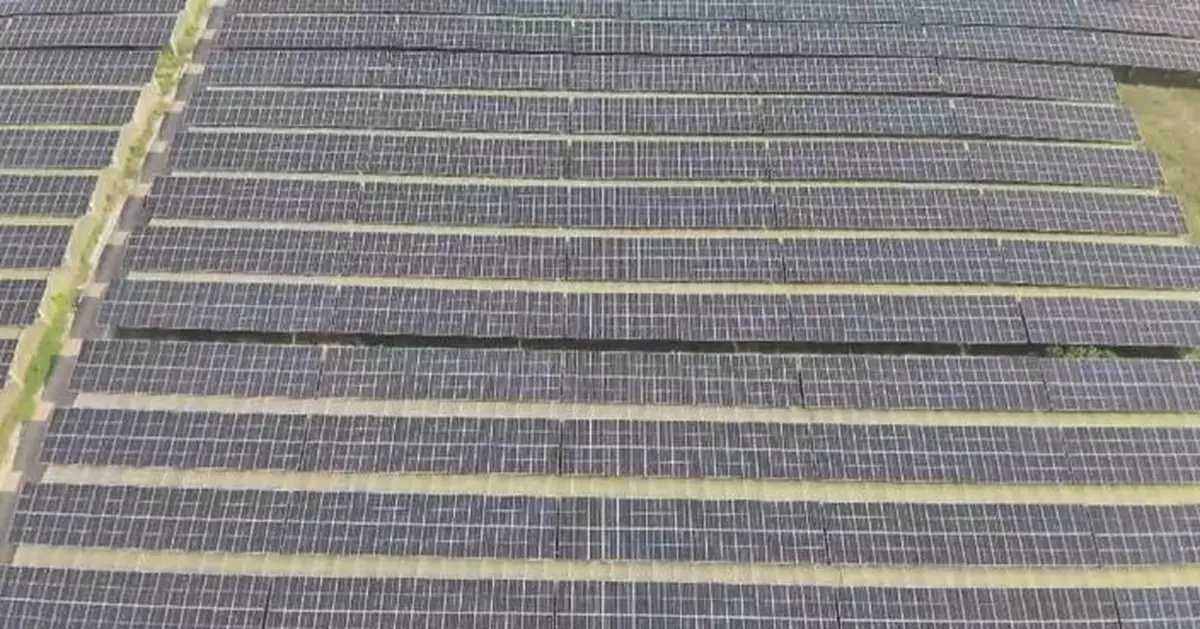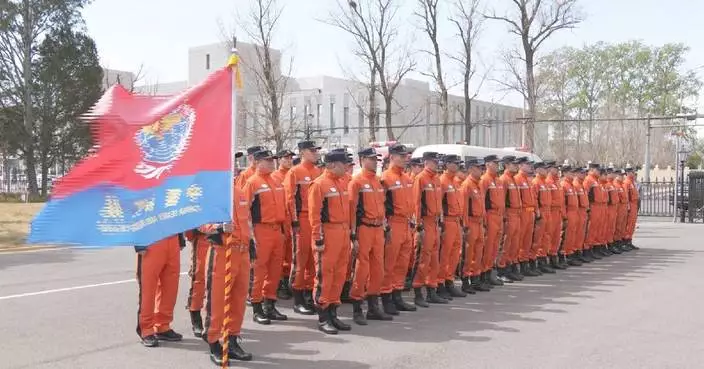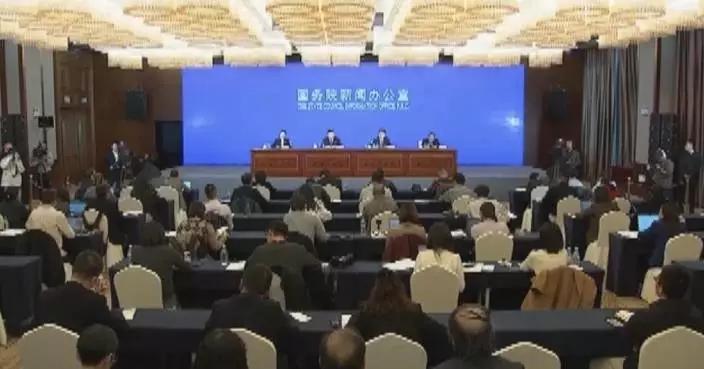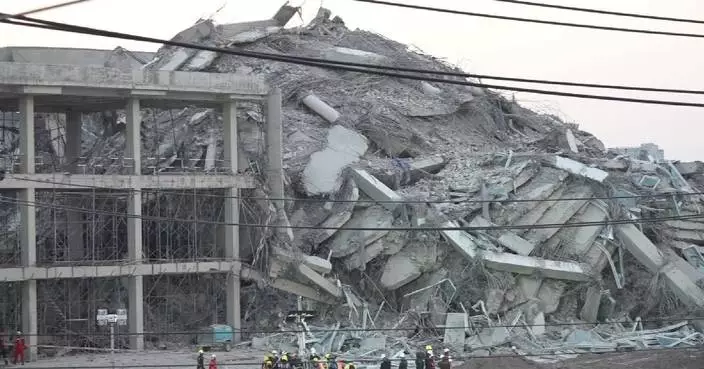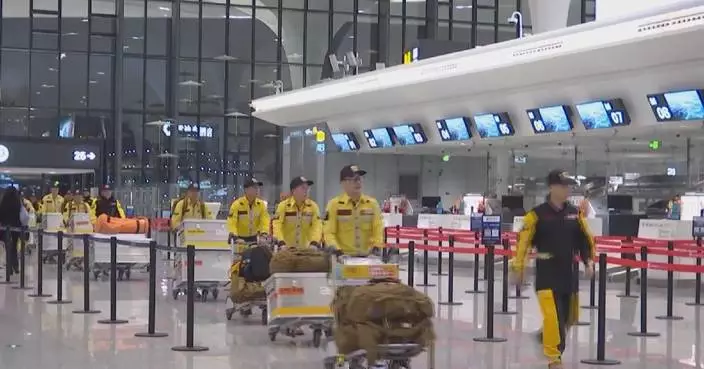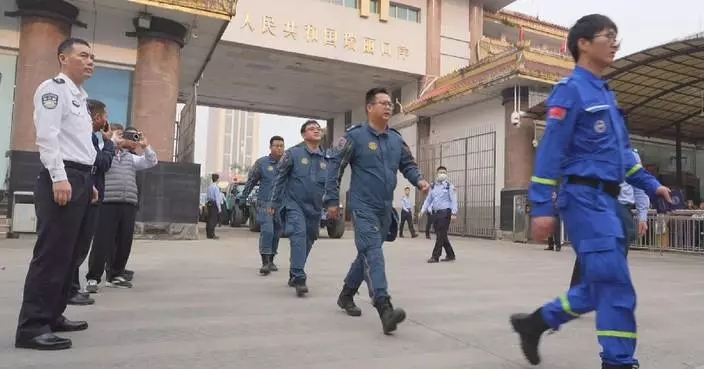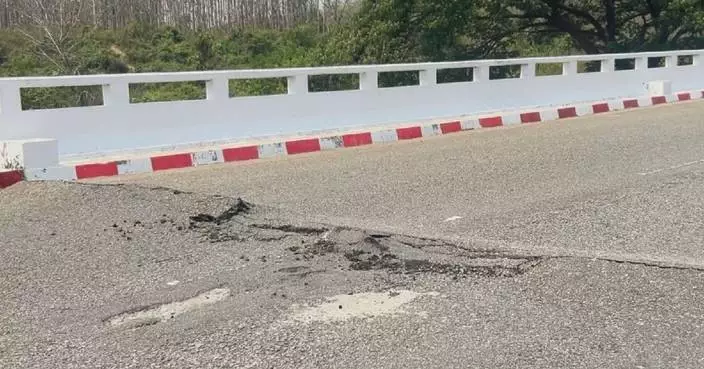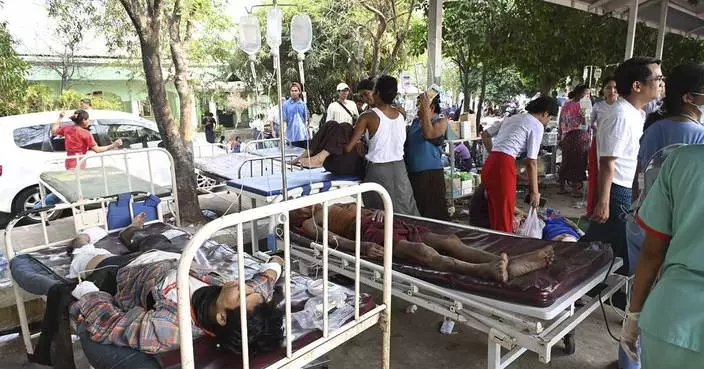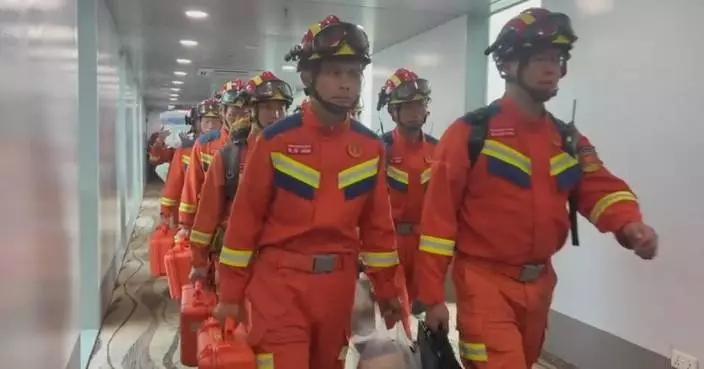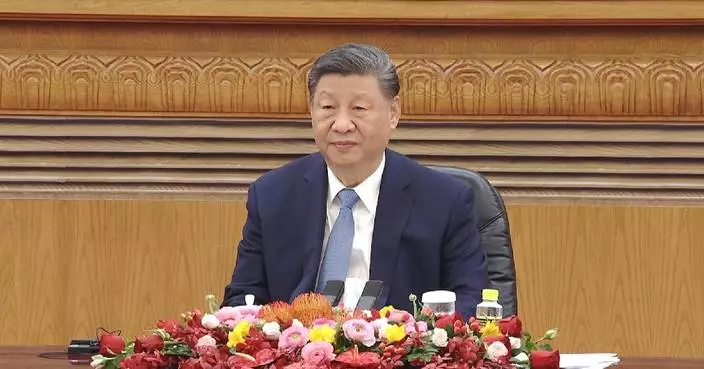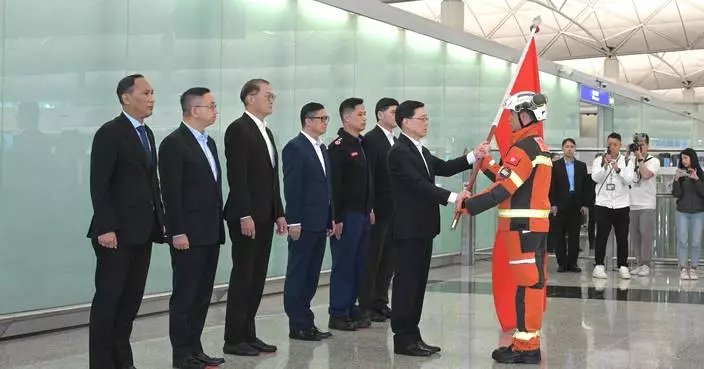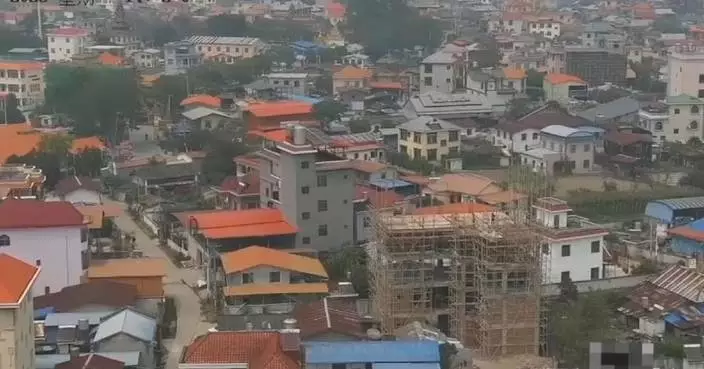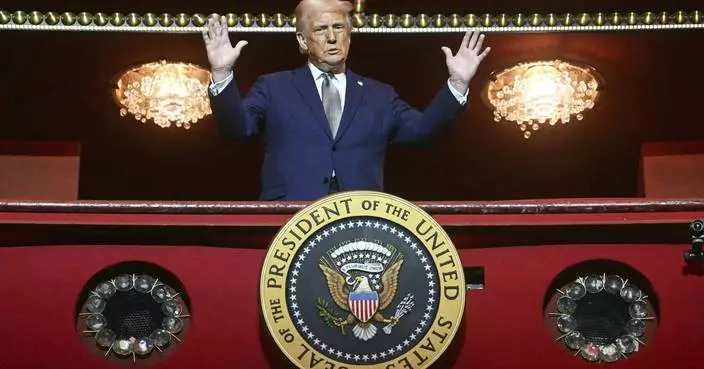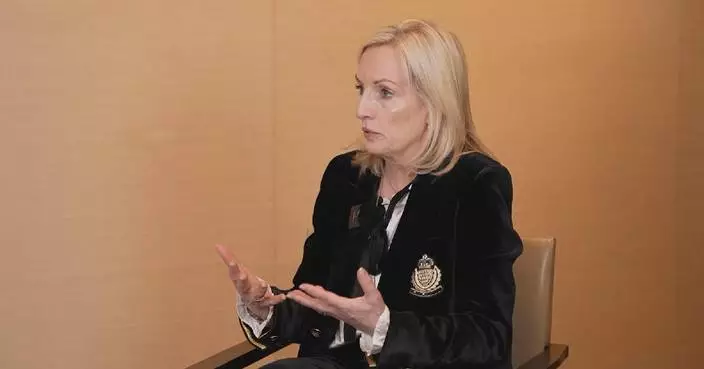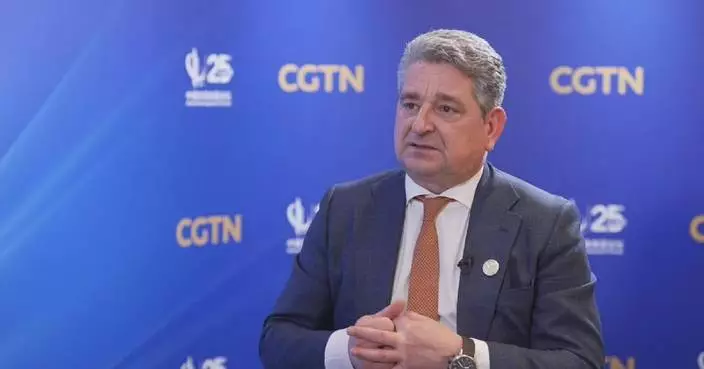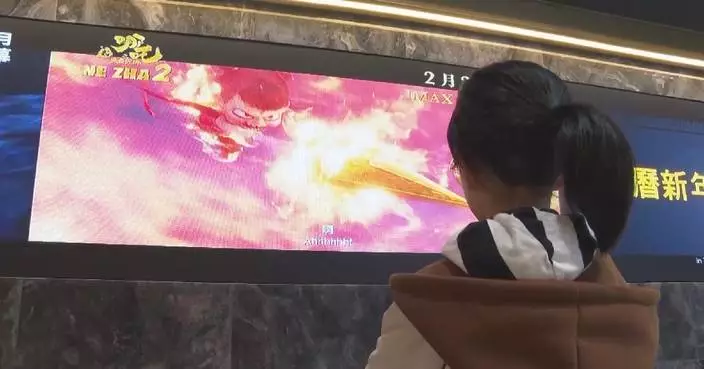Boao's near-zero carbon demonstration zone, located on Dongyu Island of Boao Town in south China's Hainan Province, has successfully transitioned from "near-zero carbon" to "zero carbon," making great progress in the region's pursuit of sustainable development, the provincial authorities of Hainan announced on Tuesday.
This announcement was made in the run-up to the Boao Forum for Asia (BFA) Annual Conference 2025, as the BFA's permanent venue is also located on Dongyu Island.
With the theme "Asia in the Changing World: Towards a Shared Future," the BFA 2025 is scheduled for March 25-28 in Hainan.
Spanning 190 hectares, the demonstration zone integrates cutting-edge technology with sustainable practices, focusing on green building renovation, renewable energy use, and eco-friendly transportation. Key to its success are the zone's photovoltaic facilities, which generate green electricity. These renewable energy sources power nearby buildings, including the conference center, and contribute to the island's energy independence.
The zone produces approximately 32 million kWh of green electricity annually, nearly double its demand, with surplus energy fed into the grid, saving an additional 7,720 tons of carbon-negative resources each year.
Boao's innovative energy solutions also include the use of photovoltaic tiles, integrated into the conference center, hotels, parking canopies, and even vegetable greenhouses, resulting in a 21 percent reduction in carbon emissions.
Additionally, 22 hectares of greenhouses use solar panels to generate power while cultivating vegetables, contributing to another 74 percent reduction in emissions.
"New energy generation mainly relies on weather conditions. When the weather is good, power generation is high. If the excess power cannot be consumed, it will result in waste. To solve this issue, we have introduced AI technologies, including a self-developed power big model, which has greatly improved the accuracy of new energy generation forecasting, allowing the demonstration zone to achieve 100 percent local consumption of green electricity," said Chen Mingfan, a technical expert from the Planning Center of the Hainan Electric Grid of China Southern Power Grid.
In addition to renewable energy, the zone has adopted energy-saving measures such as building retrofits with heat-insulating materials and green plants to reduce cooling needs.
Kitchen equipment has been replaced with induction stoves, and boilers with electric steam generators, further reducing energy consumption and cutting emissions by an additional 4 percent.
The zone's green mobility initiatives include electric vehicles and plans to implement restrictions on fuel-powered vehicles in 2025. The transportation system also features electricity-generating bicycles for green commuting.
"Currently, we have replaced all of the island's self-owned vehicles with new energy vehicles, switched our ships to electric vessels, and fully electrified lawnmowers and other machinery. This has allowed us to achieve a full coverage of electrification in the demonstration zone, ultimately realizing the goal of 'zero carbon'," said Luo Hu, an engineer of COSCO SHIPPING Boao Co., Ltd.
Through these efforts, Boao has evolved from a small fishing village into a globally recognized "green model," offering a Chinese solution for urban transformation and environmental protection.
Founded in 2001 and headquartered in Hainan, the forum has long been a platform for regional dialogue.
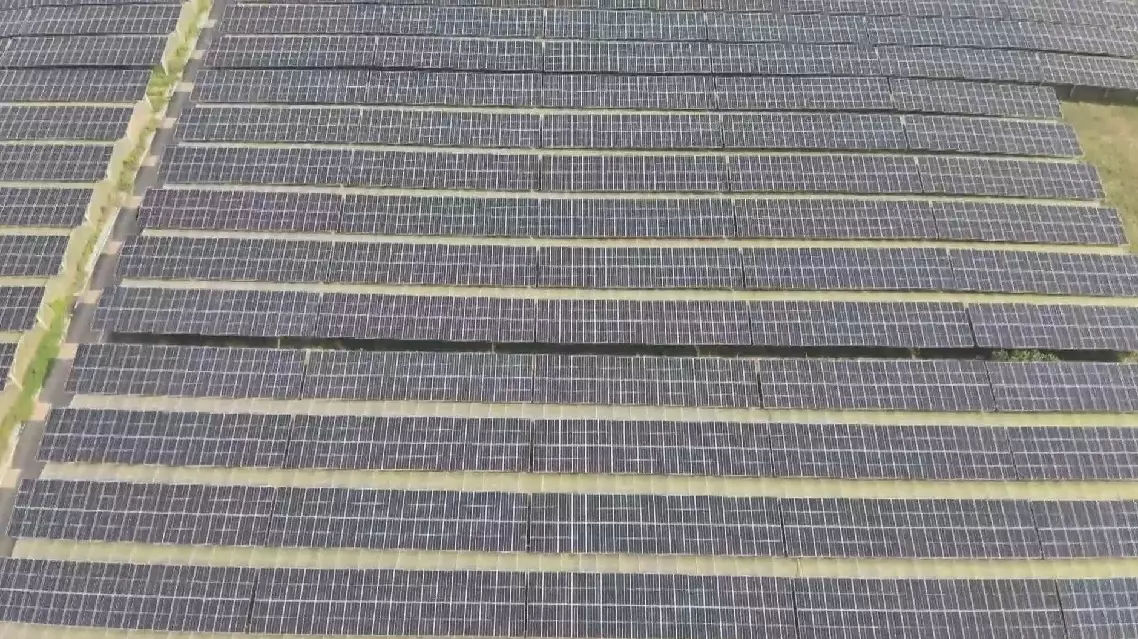
Boao's near-zero carbon demonstration zone achieves "zero carbon" milestone


